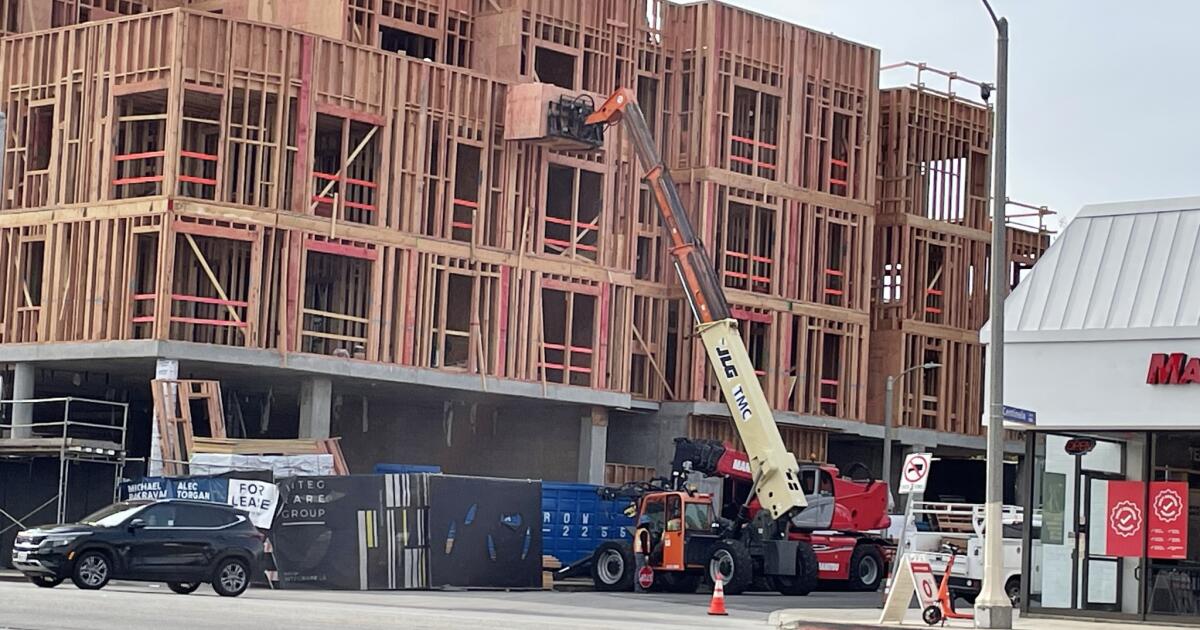URGENT UPDATE: Los Angeles is facing a severe apartment shortage as new construction projects dwindle to a 10-year low. Despite a booming demand for housing, the number of new rental units being built in the city is falling sharply, leaving many prospective renters in distress.
Recent data from apartment search website Rentcafe.com reveals that while Riverside County has seen an astonishing 154.1% growth in apartment completions, Los Angeles is grappling with a dramatic decrease in housing availability. The latest figures from real estate data provider CoStar show fewer than 19,000 apartments under construction in L.A. during the last quarter, a staggering 30% drop compared to three years ago.
The situation is critical: L.A. currently has one of the lowest vacancy rates in the country, while rental prices continue to soar, with new units requiring tenants to pay between $4,000 and $5,000 monthly to cover construction costs. To afford a $4,000 rent, renters would need a gross monthly income of about $13,400, according to Rentcafe.
Developers are hesitant to invest in new projects due to unstable profit forecasts and rising construction costs. Ari Kahan, principal of California Landmark Group, stated, “We haven’t bought a site with the intention to develop it in over two years. I don’t know when we will be building in L.A. next.” The uncertainty stems from rapidly changing regulations that make it difficult for investors to secure funding.
Additionally, the construction industry is facing increasing prices for materials, driven by tariffs. Prices for iron and steel have surged by 9%, while copper wire has jumped 14%, according to Anirban Basu, chief economist of the trade group Associated Builders and Contractors. The impact of these financial pressures is compounded by a shrinking workforce, as approximately 61% of construction workers in California are immigrants, with 26% of that group being undocumented.
The long-term decline in housing production in L.A. dates back decades, dropping from over 70,000 new units annually in the 1950s to fewer than 15,000 in the 2010s. This dramatic slowdown has resulted in an older housing stock, exacerbating the affordable housing crisis.
As developers pull back, many residents may find themselves forced to seek housing further out, leading to increased commute times and further strain on an already strained transportation infrastructure.
This unfolding crisis is urgent, with significant implications for the future of housing in Los Angeles. It is essential for city officials and stakeholders to address these challenges as the demand for affordable housing continues to grow.
Stay tuned for more updates on this developing situation as we track the latest trends and impacts on renters in Los Angeles.
